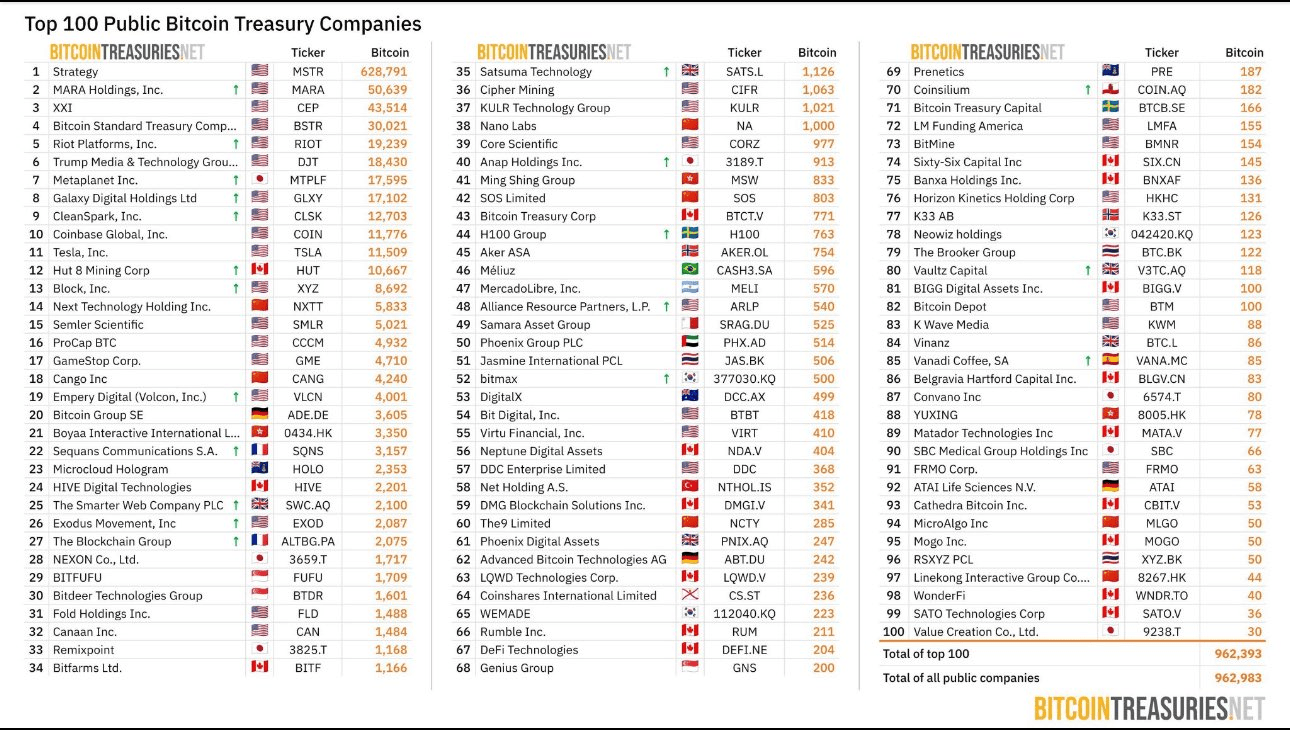For years, traders have relied on a predictable sequence of events — supply cuts approximately every four years, followed by a price increase and ultimately a correction. But more and more voices in the industry argue that this framework may no longer be the driving force behind price volatility.
One reason? The massive holdings of corporations. Author Jason Williams notes that the top 100 treasury companies together control nearly one million BTC, meaning a large portion of the supply is currently locked on balance sheets rather than circulating through exchanges. He argues that this alters how supply and demand interact, diminishing the impact of halving.
The presence of institutions is another factor. Matthew Hougan of Bitwise expects positive returns to continue through 2026, breaking the boom-and-bust pattern associated with halving seen in 2013, 2017, and 2021. Pierre Rochard of The Bitcoin Bond Company goes further by calling halving "unimportant" as currently 95% of the coins have been mined, with new demand instead coming from ETFs, investment platforms, and treasury bond buyers.

The maturity of the market is also changing the landscape. Martin Burgherr of Sygnum Bank stated that the halving date is just one of many input factors for traders, alongside macroeconomic trends, regulations, and capital flows from major investors.
However, some argue that it is too early. Analyst CRYPTO₿IRB asserts that halving remains the focus, claiming that spot ETFs actually reinforce the cycle by tightening it more closely with four-year political and financial patterns. Seamus Rocca of Xapo Bank also believes that the risk of a prolonged bear market is real, helping to maintain the relevance of cyclical strategies.
Whether the halving cycle is ending or just underway, the next 18 months will test this theory — and may redefine how traders time the cryptocurrency market. $BTC
